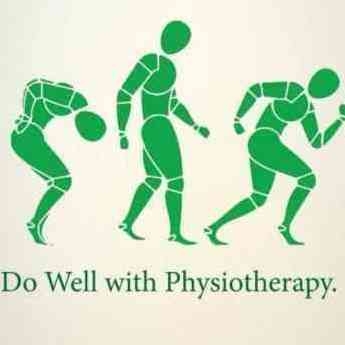+918042754929

This is your website preview.
Currently it only shows your basic business info. Start adding relevant business details such as description, images and products or services to gain your customers attention by using Boost 360 android app / iOS App / web portal.
NECK PAIN, HEADACHES OR TEMPOROMANDIBULAR JOINT...
NECK PAIN, HEADACHES OR TEMPOROMANDIBULAR JOINT (TMJ) SYNDROME? ⠀ [NEUROMUSCULAR INTERACTION BETWEEN SUBOCCIPITAL MUSCLES AND TMJ MUSCLES] ⠀ The TMJ is a complex joint that allows us to open/close our mouth. TMJ disorders do not only create pain and limitations with the jaw. Oftentimes, there are associated issues with the neck, face, and ears. ⠀ The body is classically divided into systems such as muscular, skeletal, nervous system etc. However, this is a mirage as these systems are all a part of one super-system that works in unison to create function. An excellent example of this is the links between the muscles of the suboccipital region, the jaw muscles and the central nervous system. ⠀ As you know from my previous posts the suboccipitals are short and have only minor contributions to gross movements of the spine. However, they are loaded with sensory muscle spindles which indicate these muscles have a strong link to the cerebellum and the CNS. Postural distortions that affect the position of the skull and upper cervical vertebrae are immediately relayed to the CNS via these spindle receptors and the ganglion of C2 which is the largest in the body with 49, 000 neurons. For comparison, the T4 ganglion has 24 neurons. More neurons = higher speed delivery of information to the brain. ⠀ The muscles of the jaw include the masseter as well as the deeper pterygoid muscles. They obviously allow for chewing but also have an interesting link to the CNS. The masseter has been shown to spontaneously activate during periods of stress (Schroeder). The masseter will also activate in unison with the subocciptal muscles during sudden postural changes in order to keep the eyes stable on the horizon. ⠀ The suboccipital and TMJ muscles may not be physically linked but they are absolutely “connected” in the cerebellum and in most clinical cases. This relationship tells us these muscles have a large role in stress/sympathetic nervous system syndromes as well as global postural regulation. A patient may present with complaints of neck pain, but now we see how we must look globally at posture, TMJ function, vestibular function and stress management in order to get results!

